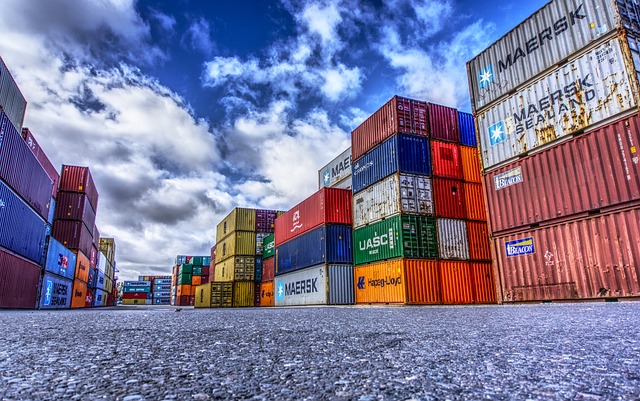Container Journey from End to End
Learn more about each stage and how container transportation works, from initial transportation to the port to departure for unloading cargo.
Maritime transport is the main mode used for importing and exporting cargo, which is stored in containers for transport between ports of departure and destination. As soon as the ship arrives loaded at the port, the movement begins to remove the cargo and transport it to the final destination, forming this chain of maritime transport processes. Click Here for LEEA Course
Therefore, there are several stages that make up the entire process of this type of transport, and it is important to have an overview to be aware of all the specificities of each step of these movements. To help you understand better, we have separated specific information about each stage of the container journey, from the beginning to the end of the process.
Loading and transportation to the port of departure
Empty containers are located in yards and warehouses, normally close to the port, and once released, the loading process takes place. Until the container arrives at the port, transportation takes place by road, where specific vehicles for transporting containers are normally trucks, cranes and forks, as long as they can support the weight and size of the load. This type of cargo transportation is governed by a series of rules, which specifies the rules for tall vehicles when transporting containers, vehicle registration and other legislation for truck circulation.
Unloading at the port yard
Upon arrival at the port, a safety inspection and a physical inspection of various specifications of the unit take place, as well as checks for possible damage and observations about the ship on which the cargo will be loaded. Unloading treatments are different at each port, and it is a process that professionals need to be aware of when checking whether the container is in fact secured and safe during the operation.
Planning and boarding the ship
When planning the containers to be sent on the ship, the specificities of the container are considered, such as the size, type, and the content of the cargo stored in it, as well as the final destination of the container.
When positioning the container, it is identified in a specific position (like a number) that depends on the location of the container on the ship.
there can be up to 40 compartments, for example (with BAY 01 being the most forward on the ship).
Refers to the place where the container is positioned according to the width of the ship, that is, the numbering works horizontally when looking at the ship from the front.
What height or level the container is located, from the lowest part of the Bay seen previously, to the highest container, basically. The position of the container will then be determined through three numbers, the combination.
Travel by sea route and arrival at the port of destination
The container ship leaves the port and begins the sea route to the destination port and, in the case of exports, it can take more than a month to travel to an international destination with a considerable distance. Maritime transport has this position of relevance and efficiency worldwide because it allows a high volume of cargo to be transported in a single trip, which no other mode of transport can achieve, even though there are some faster options (such as air transport).
When the ship arrives at the port of destination, it docks after permission is granted and the cargo unloading process can begin, a type of service that seeks to speed up some stages of flow and unloading.

